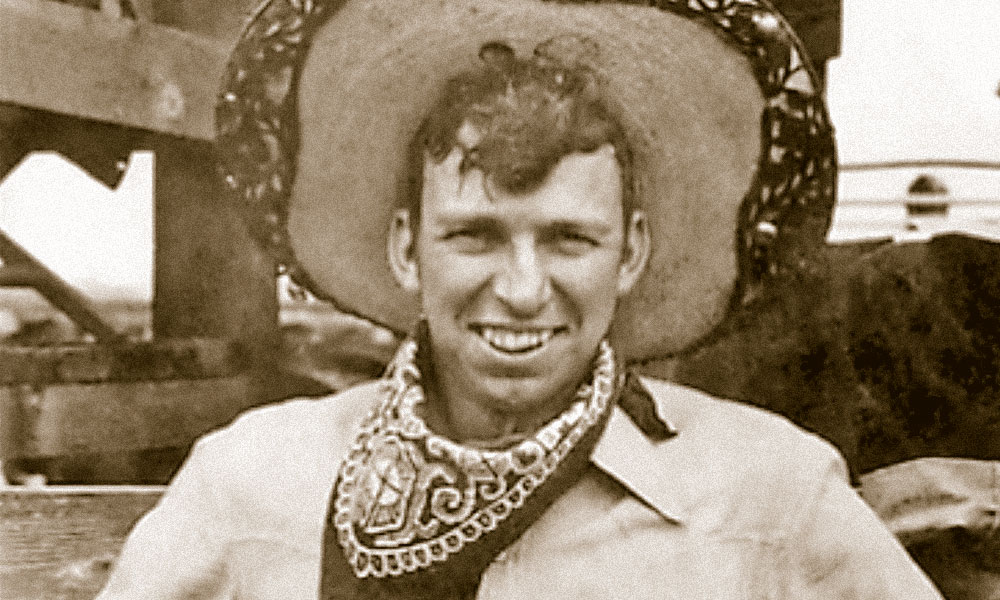
If you're looking for a new way to watch World War II films, you've come to the right place. Netflix offers a wide range of classics, so you are sure to find something that grabs your attention. The Pianist is one of these classics.
The Pianist
The Pianist is a riveting biographical drama that focuses on the life of a Jewish pianist who survived the Holocaust. It was released in 2002. The film won several awards, including Best Actor as well as Best Director. It was also nominated in four Oscar categories. The film tells the story of Polish-Jewish pianist and composer Wladyslaw Szpilman. Szpilman was a well known musician in his native Poland before the war. Szpilman survived the war but was sent to Treblinka for extermination.
Netflix's "The Pianist," another WW2 movie, is available. It tells the story about a Jewish pianist that survived the Holocaust. While it's not a thriller Polanski manages to keep the suspense level low. This is the true story of Holocaust, as told by a pianist who witnessed it. Polanski's mother was killed in a gas chamber. However, this documentary tells his story.
Inglorious Basterds
Quentin Tarantino directed Inglorious Basterds in 2009. It is the story of a secret military unit that attempts to eradicate Nazi Germany in WWII. The film is full gore and action but is also hilariously funny.

The film is not recommended for everyone. The movie is not accurate and does not portray the events of World War II. "Inglorious basterds", unlike other historical documentaries is a film that people love and hate. Some people might enjoy it.
The Dirty Dozen
The Dirty Dozen is a movie about World War Two that you might enjoy if you are interested in it. Based on a true story the movie follows the adventures of twelve military prisoners on a suicide mission in order to kill high-ranking German officers just before D-Day. This film defies war movie stereotypes and features high-action violence.
The film shows Major John Reisman of the US army, based in London. He volunteers for a near suicide mission in March 1944. It is their goal to penetrate a French chateau where they will find the Nazis and highest-ranking German officers. They will kill as many Nazi officers and destroy the chateau's communication tower.
The Great Escape
You can watch "The Great Escape" in many different ways, including streaming via Netflix, Amazon, Disney+ and Microsoft Store. It can be rented on Amazon Video or purchased on DVD. You can also find it on YouTube. You can watch the film on your computer at home if you don't want to subscribe to any service.
The Great Escape is a true story of Allied prisoners of war who plan an escape from a German prison camp during World War II. This heist film stars James Garner as well as Steve McQueen. This film is perfect for those who enjoy adventure and action films.

The Party is Over
The fourth episode of Halston's limited series on Netflix is called "The Party’s Over". This episode features Halston's everyday life, from the adventures of the designer to the high society parties. This episode is a little too dramatic, with flashy clothes and extravagant parties. If you're interested in more about Halston's life, "The Party's Over", is a must-watch.
The comedy follows four housemates as they try to find their love in Los Angeles. Sometimes, they have to risk their friendships to get there. Artist Amanda is trying out for a job in an art gallery, while Banks dreams of becoming a star actor. Frankie, who is a social worker, works a very hard job. Frankie finds out that M.J. had been sleeping with the boyfriend of her roommate. If you enjoy the movie, you can buy it on Apple iTunes or rent it to view later.
FAQ
Are TV commercials targeted to target?
It is important to understand what people are doing at the moment you're viewing an advertisement.
To put it another way, if you want reach someone who watches football Sunday afternoons, advertise during football matches. If you want to reach people who watch movies on Friday nights, advertise during movie times.
If you want to reach people when they're eating dinner, then advertise during prime-time shows.
It is important to know what people do when they view your ads. This means that you have to be able to access data about the programs they are watching.
New technologies like streaming video or DVRs make data easier to access.
However, everyone is different and each person has their own preferences. It's impossible, therefore, to predict which program someone will view next.
It is important to test various types of ads. You'll find out what works best based on real-world feedback.
What kind of advertising can a TV show?
Television is a medium of communication in which images are used to communicate messages. It is the most widely viewed medium in the world. Television is worth more than $100 billion annually.
There are many types of television advertisements. They can be broken down into two main categories.
-
Commercials (also called "TV commercials") are 30 seconds or more in length.
-
Programs/Series are also called "programming". These programs usually last 20 minutes, although some may take longer.
Commercials are shown during the commercial breaks. These are usually between every half an hour of programming. They can also be shown when there is no broadcast. These include infomercials and before and after programs, as well as public service announcements.
Programming is the most important part of any channel. Many channels air several series each week. Some networks air only one series per day. Others may show several series simultaneously. Some channels have a specialization in news and movies.
Advertising on television has experienced significant change since its creation. Television was first used for entertainment in the 1950s. Television was primarily used for entertainment purposes in the 1950s. People would watch programs like I Love Lucy, Father Knows Best and Gunsmoke before going outside to play with friends. People started using television to find out more about products and services as technology improved. A television advertisement could help someone learn about the features of a particular car and how to buy it.
What time does it take to get commercial air?
Commercials are shown at different times throughout the day. Some commercials air during daytime hours, some during prime time, and others during late night.
Most commercials are aired within an hour or less.
What are the main styles of commercials available?
The three main types of commercials are TV Commercials, Radio Commercials, and Print Ads.
TV commercials last about 30 seconds. These commercials are often used to raise brand awareness.
Radio commercials last longer (usually around 1 minute) and are often used to promote products.
Print ads are typically shorter (2 to 3 minutes) and targeted at specific audiences.
Why should I be concerned about TV?
If you own a business, you should care about TV.
It's one of the biggest sources of revenue for many companies.
You should also learn all you can about TV advertising if you are considering starting your own business.
This will help you decide what kind of ads to run, where to spend your money and how to market effectively your products.
Advertisers spend a lot on TV.
Advertisers invest a lot of cash to promote their products via TV. They also spend large sums of money convincing consumers to buy their products.
They do this by spending money to research what people like or dislike about their products.
These data are then used to design ads that appeal and attract consumers by advertisers.
How does TV Advertising function?
Television advertising is an effective way to reach consumers when they watch television. It is also very cost-effective. The most common form of advertising on television is commercial breaks. These typically last 30 seconds. However, they may be longer if there are special events such as sporting matches, awards ceremonies, or elections. Many companies sponsor commercials because they want to promote their products. These companies pay for airtime. Some commercials feature product information, others display images and music. There is also a lot of product placement in programs. This allows brands to appear on the program's screen. This may involve a brand appearing in a scene, showing how their product could be used, or providing background information about the product.
Statistics
- In fact, 76% of people completely skip the commercials while watching their programs. (qualitylogoproducts.com)
- Video-ad views on OTT (over-the-top) devices grew 63% year over year in Q3 2016, and the trend is expected to continue, further crippling traditional TV advertising. (clearcode.cc)
- In fact, when the ad first launched, Dos Equis quickly became one of the fastest-growing beers, increasing its sales by over 22%. (qualitylogoproducts.com)
- Radio is extremely accessible – 95 percent of cars have radios, and 99 percent of homes have radios. (marketingevolution.com)
- With OTT ad revenue set to increase from 45% to 60% over the next decade, AdTech pioneers and early adopters of OTT advertising will reap its benefits in the near future. (clearcode.cc)
External Links
How To
How does the TV Advertising Industry function?
Many companies are involved in the TV advertising industry. Ads must be relevant and not offend viewers.
The media buying agency buys the airtime directly from the networks. The media buying company then sells this airtime to advertisers. This is where the advertiser pays for the airtime. You can buy specific timeslots or just buy the whole day.
Once the time is purchased, the media buying agency sends an advert to the network. The network shows the ad during the broadcast time.
If the viewer watches the ad, they may click on the link which takes them to the advertiser's website. If the advertiser clicks on that link, the media buyer company is then repaid.
This process continues until the advert is finished. At the end of the ad break, the media buying company collects its money from the advertiser and passes it onto the network.
Advertising agencies create the ads, and they send them to the media purchasing company. They also manage the creative part of the campaign.
They also manage and coordinate the creative aspects of the campaign. They also oversee the production and liaison with the clients on the budget.
They supervise the entire campaign, and keep track.